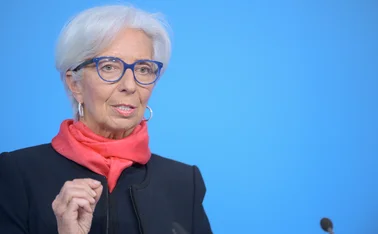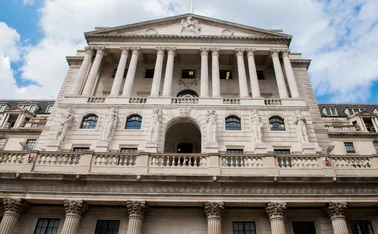
Fed to review monetary policy framework
Reassessment of the framework has been long sought-after among some Fed officials

The Federal Reserve plans to review the monetary policy framework it uses to pursue its mandate next year, it announced on November 15.
In the statement it said it will examine its strategies, tools and communication practices, and will reach out to a “broad range” of stakeholders.
The outreach effort will include a research conference in June at the Reserve Bank of Chicago, and a number of public events around the country.
“With labour market conditions close to maximum employment and
Only users who have a paid subscription or are part of a corporate subscription are able to print or copy content.
To access these options, along with all other subscription benefits, please contact info@centralbanking.com or view our subscription options here: http://subscriptions.centralbanking.com/subscribe
You are currently unable to print this content. Please contact info@centralbanking.com to find out more.
You are currently unable to copy this content. Please contact info@centralbanking.com to find out more.
Copyright Infopro Digital Limited. All rights reserved.
As outlined in our terms and conditions, https://www.infopro-digital.com/terms-and-conditions/subscriptions/ (point 2.4), printing is limited to a single copy.
If you would like to purchase additional rights please email info@centralbanking.com
Copyright Infopro Digital Limited. All rights reserved.
You may share this content using our article tools. As outlined in our terms and conditions, https://www.infopro-digital.com/terms-and-conditions/subscriptions/ (clause 2.4), an Authorised User may only make one copy of the materials for their own personal use. You must also comply with the restrictions in clause 2.5.
If you would like to purchase additional rights please email info@centralbanking.com







